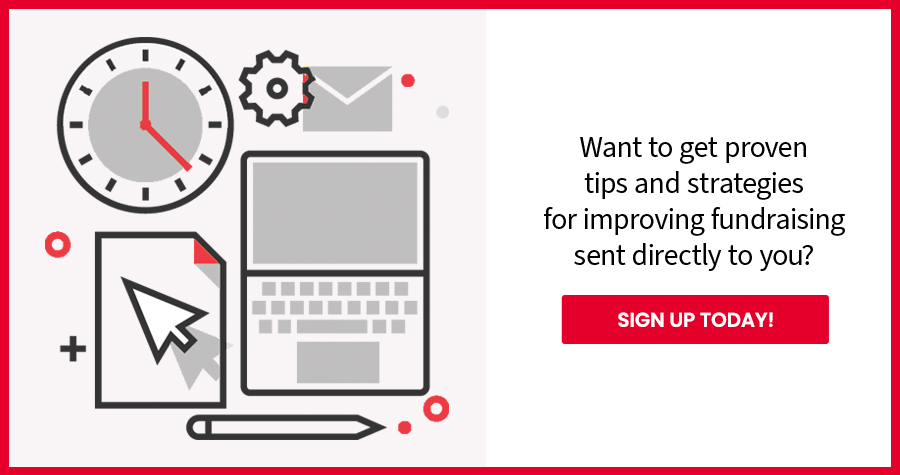A while back, an organization came to Douglas Shaw & Associates for help in growing their donor file and the resulting income. This organization was adding an incredibly large volume of new donors annually yet couldn’t figure out why the donor file size was declining (as was their income). Upon reviewing their donor file health, we discovered their problem wasn’t in getting new individuals to connect with their cause and give a gift. Rather, it was in converting these new donors into people who wanted to partner with the cause long term and continue giving.
This wasn’t the first time we’ve encountered this “problem” from organizations seeking our help. Right now, many of you are probably reading this and relating, as you may have acquired more new donors than normal due to our recent crises. So, what do you do?
First, recognize that this isn’t a problem . . . it’s an opportunity. It’s an opportunity to connect with people who care about what you do and want to be a part of a solution. They’re communicating this with their first gift. What could be better than that? And motivating these new donors to give again is a critical next step.
The following are 3 keys to making this happen and beginning a relationship with a donor that can last a lifetime:
- Share thanks and hope – The number one reason new donors fail to give a second gift is that they do not receive thanks for their first gift. Make it a priority to communicate your gratitude within 24 to 48 hours. Now, more than ever, nothing comforts the hearts of new donors more than evoking a sense of hope with a heartfelt thank-you. This makes all the difference in moving them from new donors to faithful partners.
- Clearly communicate the impact of their gift – The second reason new donors fail to give a second gift is that they don’t know if their first gift did what it was supposed to do . . . they do not clearly see the impact. New donors give again because they are moved by the mission of your organization and how it impacts their community or the world—especially in times of crisis. Reporting back on how your donors’ gifts made a difference will both reinforce the reason they made their first gift and increase the number of people who respond with a second gift.
- Communicate thanks, hope, and impact through multiple channels – There is no better way to reinforce your messaging than through multi-channel communication—direct mail, email, websites, social media, and other media as appropriate—regardless of the channel through which donors made their first gift. Make sure your messaging across these channels is consistent and helps donors feel like they are “part of the family,” being kept in the loop with “insider” information on the cause you share. And, make sure to communicate how issues such as COVID-19 are impacting your organization and the mission.
One last note . . . it is vital that you focus your communication efforts for new donors on generating second gifts as soon as possible. Our case studies show that this is best done within the first 30 days of the first gift, and once 90 days have passed, the quantity of a second gift received is negligible.


